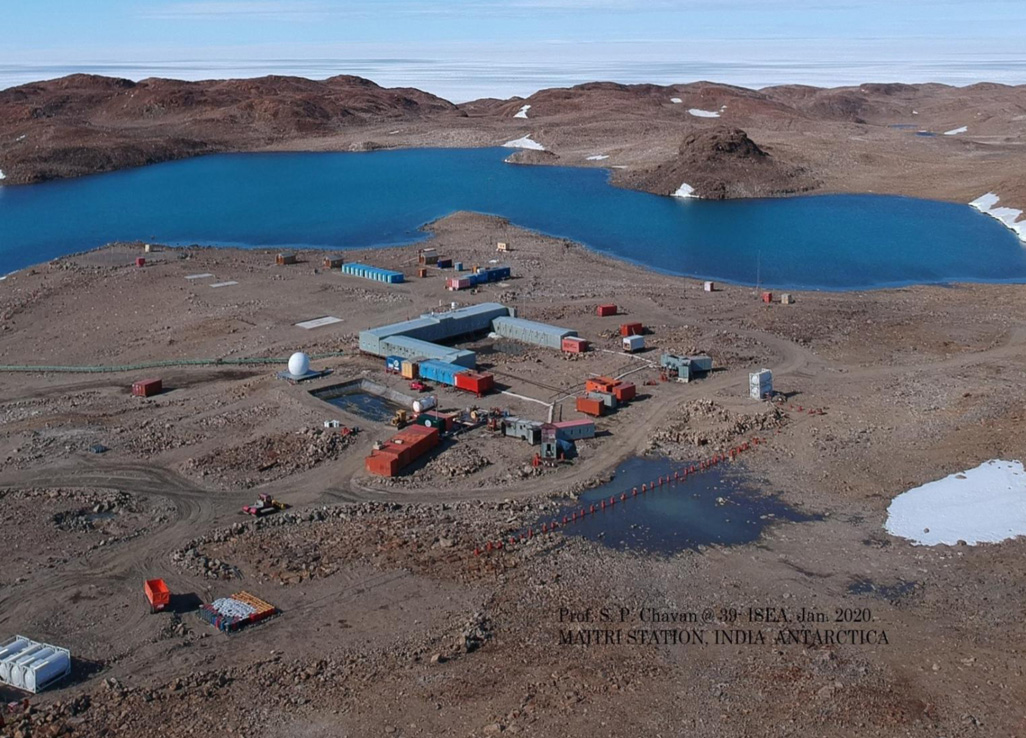Cold Wave
Published: Nov 30, 2015
Published: Nov 30, 2015

Photo: Sikkim 2015
When minimum temperatures of a region drop substantially below the normal minimum temperature, a cold wave is declared.
Keep reading with one of these options :
